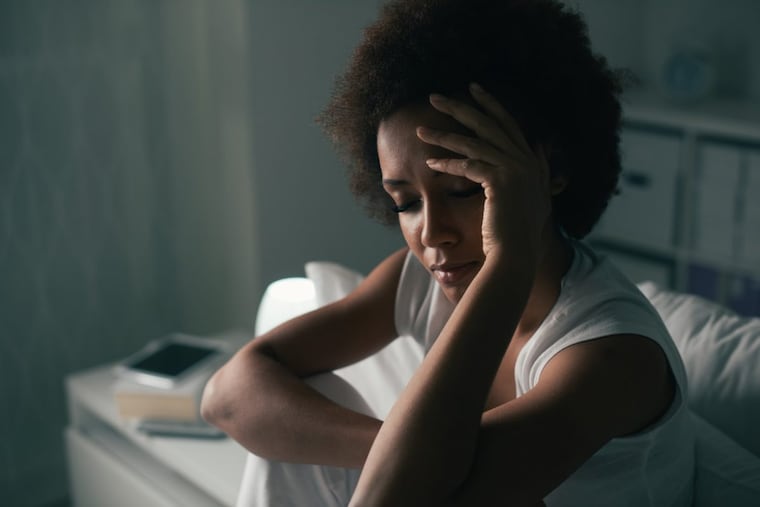Study: Many teens and young women think STDs can't happen to them
Many young women and their doctors remain uncomfortable talking about sexually transmitted diseases (STDs), and these patients often underestimate their risk, according to a new report by a major health provider.

Many young women and their doctors remain uncomfortable talking about sexually transmitted diseases (STDs), and these patients often underestimate their risk, according to a new report by a major health-services provider.
Poor patient-doctor communication and false beliefs about STD risks may be among the factors contributing to the nation's record high rates of STDs, says the study, released Monday by medical laboratory-testing giant Quest Diagnostics, based in Secaucus, N.J.
The Quest-commissioned national survey queried females ages 15 to 24, mothers of females in that age group, and physicians.
STD cases exceeded 2 million in 2016, the highest rates ever reported by the federal Centers for Disease Control and Prevention (CDC). About half were in young people.
In Philadelphia, the rates of chlamydia and gonorrhea for young women and teens have fallen in recent years, including public high school girls, whose numbers were at a 10-year low last school year. Syphilis rates for females have risen somewhat, but unlike chlamydia and gonorrhea, rates for this disease in young women have been very low.
In Pennsylvania overall, however, STD rates have risen moderately in recent years.
According to the Quest study, 51 percent of the young survey respondents who acknowledged being sexually active said they do not want to talk about sex or STDs with their doctors, and 27 percent said they do not always tell their doctor the truth about their sexual history.
Some of the youngest patients may be most at risk of not being diagnosed. Of the sexually active teenagers ages 15 to 17 who were questioned, 43 percent said they were not always truthful with their health providers. In addition, these teenagers said their clinicians were less likely to ask if they wanted to be tested for STDs than the respondents to a similar Quest survey done two years before.
The new survey also results suggest some doctors may be part of the problem.
Although the CDC recommends annual testing for chlamydia and gonorrhea for all sexually active women under 25, 49 percent of the young women said their doctor or nurse had never asked them if they wanted STD testing.
In addition, about one quarter of the doctors questioned said they were "very uncomfortable" discussing sexually transmitted infection risk with their female patients. A third said they rely on symptoms to diagnose STDs, and about a quarter said they wouldn't order chlamydia or gonorrhea tests for females who were sexually active but had no disease symptoms. The study notes the CDC has advised that STDs do not always cause symptoms, and that people can have infections without knowing it.
The study results also indicate that young women harbor many misconceptions about STD risk.
Of those who said they were sexually active, 56 percent said they had been tested for a STD. The reasons the young women gave for not getting tested were thinking they were not at risk – 62 percent – and not having symptoms – 55 percent.
Only 39 percent said a condom was used the last time they had sex.
"Our findings suggest that discomfort with frank conversations about sexual activity and false beliefs about risk are key barriers to STD testing, and could be driving some of the increase in STD cases of young women," said Damian P. Alagia, Quest's medical director of women's health.
"Our hope in sharing this survey's findings with clinicians and the general public is that it prompts open dialogue about reproductive health and STD risk," Alagia said, "which is absolutely critical to reversing the trajectory of high STD rates in the United States."